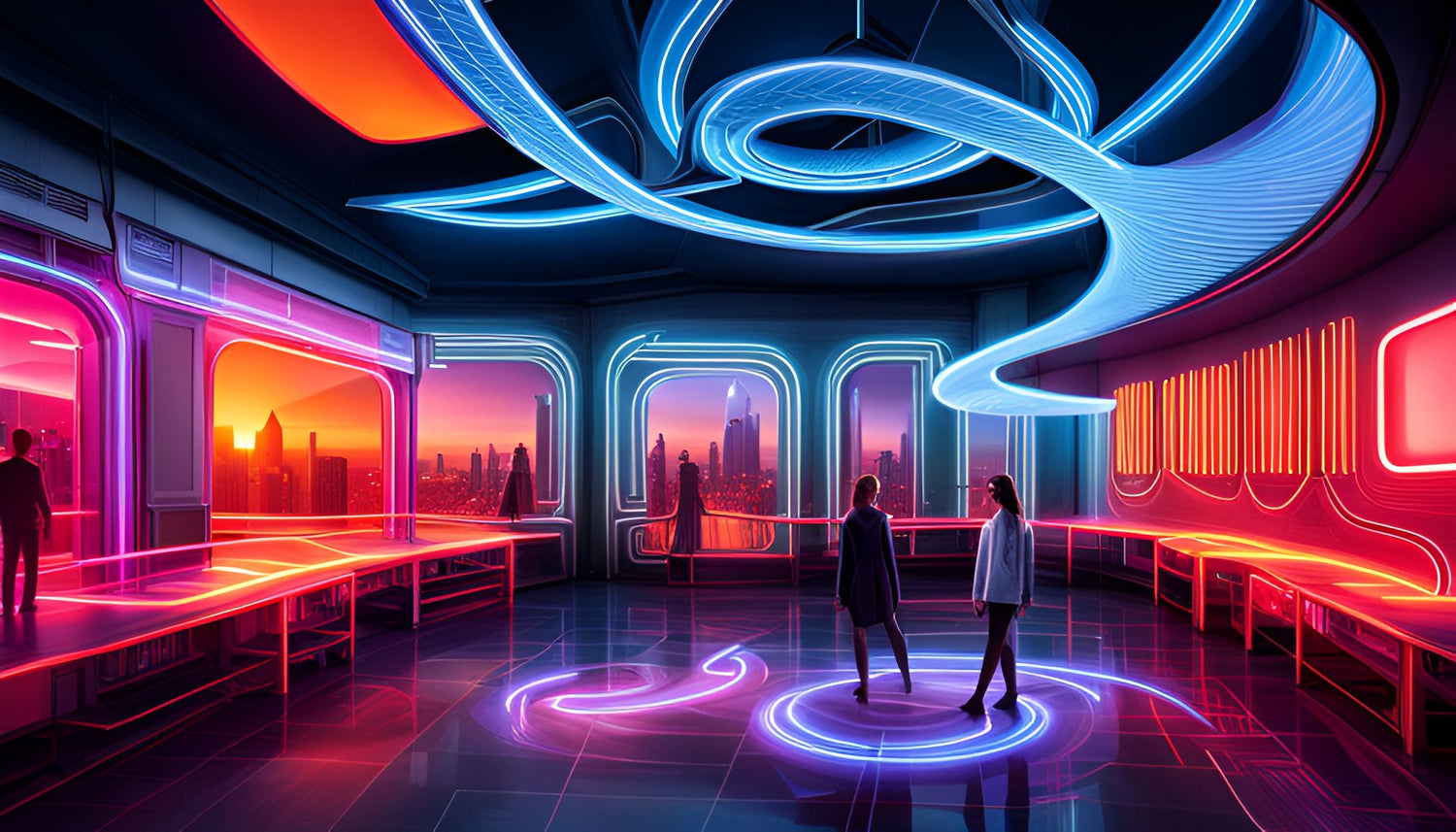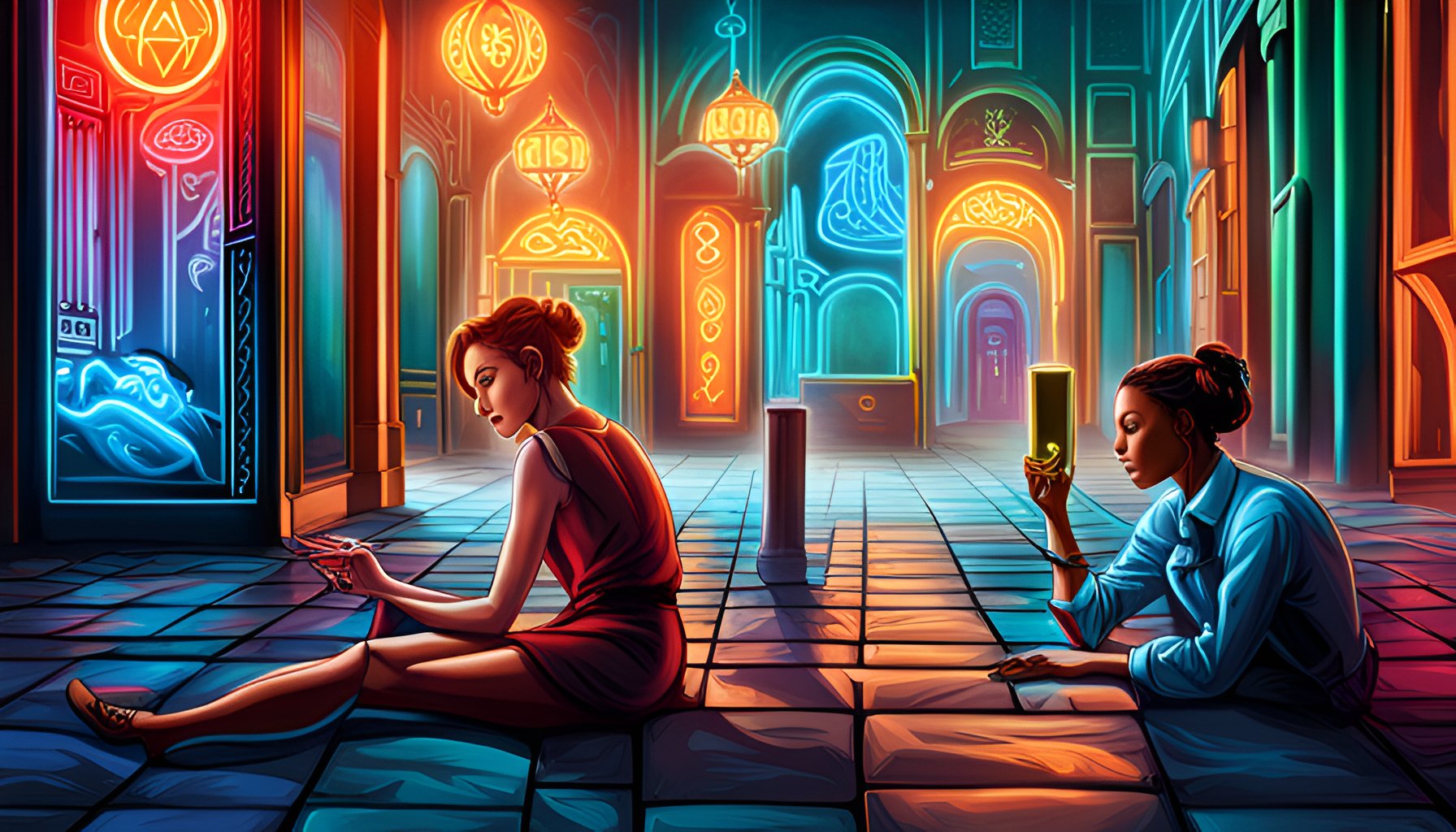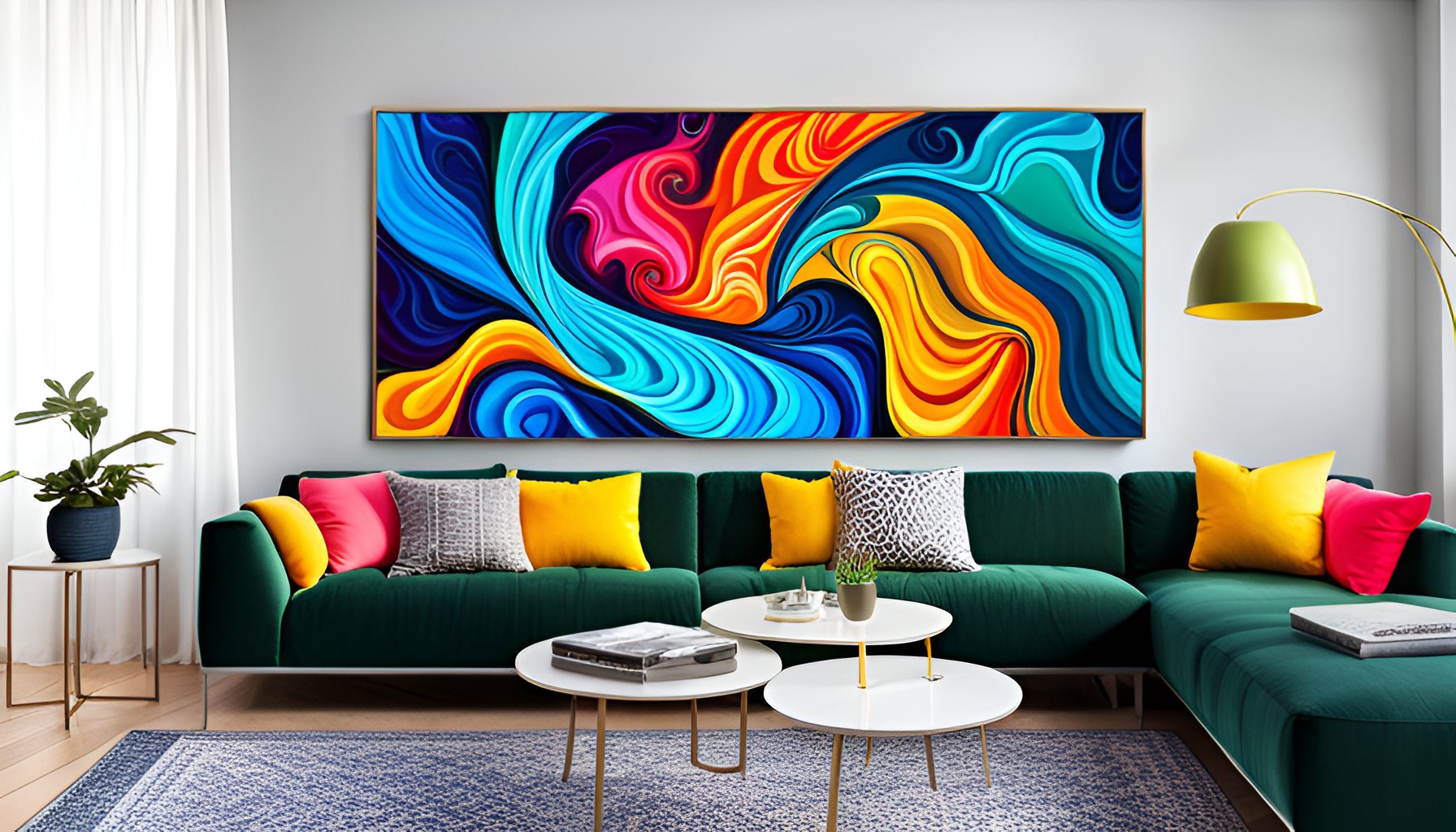Neon Space: Neon-inspired Visions of the Future
Neon, with its vibrant glow and futuristic aesthetic, has long been associated with visions of the future. From sci-fi movies to futuristic cityscapes, neon lights have captured our imagination and transported us to a world where technology and art seamlessly merge.
The Evolution of Neon
Neon lights were first introduced in the early 20th century and quickly became a popular form of lighting due to their bright and eye-catching appearance. However, it wasn't until the 1980s that neon truly became synonymous with futuristic design.
Inspired by the cyberpunk movement and advancements in technology, artists and designers started incorporating neon lights into their works, creating a visually striking and otherworldly atmosphere. Neon became a symbol of progress and innovation, representing a future full of possibilities.
Neon in Pop Culture
Neon's influence on pop culture is undeniable. It has become an integral part of the visual language used in movies, video games, and music videos to depict futuristic worlds. Films like Blade Runner and Tron are prime examples of how neon can transform a setting, immersing the audience in a neon-lit dystopia or a virtual reality landscape.
Neon has also made its mark in the world of music. From the iconic neon signs of Times Square to the neon-lit stages of concerts, it has become a symbol of energy and excitement. Artists like David Bowie and Daft Punk have embraced neon aesthetics, incorporating it into their album covers, stage setups, and music videos.
Neon-inspired Art and Design
Neon's influence extends beyond the realm of entertainment. Artists and designers have embraced neon as a medium to express their creativity and push boundaries. Neon sculptures and installations have become popular in contemporary art, using light and color to evoke emotions and create immersive experiences.
Architects and urban planners have also embraced the neon trend, using it to create futuristic cityscapes and transform urban environments. From the iconic neon signs of Las Vegas to the neon-lit streets of Tokyo, neon has become an integral part of the urban landscape.
The Versatility of Neon
One of the remarkable aspects of neon is its versatility. While it is commonly associated with vibrant and bold colors, neon lights can also be used in more subtle and nuanced ways. By adjusting the intensity and color temperature, designers can create a wide range of moods and atmospheres.
Neon lights can be used to accentuate architectural features, highlighting the unique elements of a building's design. They can create focal points, draw attention to specific areas, and guide people through spaces. In retail environments, neon signs can enhance product displays and attract customers with their captivating glow.
Furthermore, neon lighting can be combined with other materials and techniques to create stunning effects. When paired with reflective surfaces or integrated into sculptural elements, neon can produce mesmerizing reflections and illusions.
Neon in Technology
Advancements in technology have expanded the possibilities for neon-inspired visions of the future. LED technology, in particular, has revolutionized the world of lighting, offering energy-efficient alternatives to traditional neon lights.
LED neon lights are flexible, durable, and easy to install. They can be bent into various shapes and designs, allowing for greater creativity and customization. LED neon lights also have a longer lifespan, require less maintenance, and emit less heat compared to traditional neon lights.
Additionally, LED lights can be programmed and controlled, enabling dynamic lighting effects and interactive experiences. With the integration of sensors and smart systems, neon lighting can respond to environmental changes or user interactions, creating immersive and engaging environments.
Neon and Sustainability
As society becomes more conscious of environmental issues, sustainability has become a crucial consideration in design. Fortunately, the advancements in LED technology have made neon lighting more sustainable.
LED neon lights consume significantly less energy compared to traditional neon lights, reducing carbon emissions and energy costs. They also contain no hazardous materials, such as mercury, and are easily recyclable.
Furthermore, LED neon lights have a longer lifespan, reducing the frequency of replacements and minimizing waste. This longevity contributes to the overall sustainability of neon-inspired designs.
Neon in the Future
As we look ahead, neon will continue to inspire visions of the future. Its iconic glow and futuristic appeal make it an enduring element in design and art.
With ongoing advancements in technology, we can expect neon to evolve even further. New materials, techniques, and applications will emerge, pushing the boundaries of what neon can achieve.
Neon will continue to captivate our imagination, shaping our visions of the future in architecture, art, entertainment, and beyond. Its ability to create immersive experiences, evoke emotions, and convey a sense of innovation and progress ensures that neon will remain an integral part of our collective visual language.



Leave a comment
This site is protected by hCaptcha and the hCaptcha Privacy Policy and Terms of Service apply.